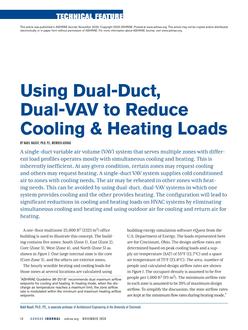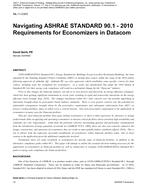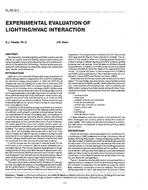Part I of this paper discussed the theoretical considerations of creating a nonlinear black box model. In Part II, the constraints on the nonlinear model imposed by the application are discussed, followed by presentation of the model structure, training method, input selection, and input transformation. The test results of applying the proposed model with the selected features to five test buildings are discussed next. One of the test buildings (Zachry Engineering Center) selected for this study was also used in a previous study as a part of energy prediction competition (Haberl and Thamilseran 1996). The proposed model is also compared with other black box models (linear and nonlinear). The conclusion of this paper is that the prediction accuracy depends heavily on the building to which the method is applied. The more regular the operation of a building is, the better the model approximates the actual data. In this respect, the Zachry Engineering Center is an ideal candidate for modeling, while some of the other buildings exhibit more irregular behavior.
Citation: ASHRAE Transactions, vol. 106, pt. 2
Product Details
- Published:
- 2000
- Number of Pages:
- 20
- File Size:
- 1 file , 530 KB
- Product Code(s):
- D-7204


